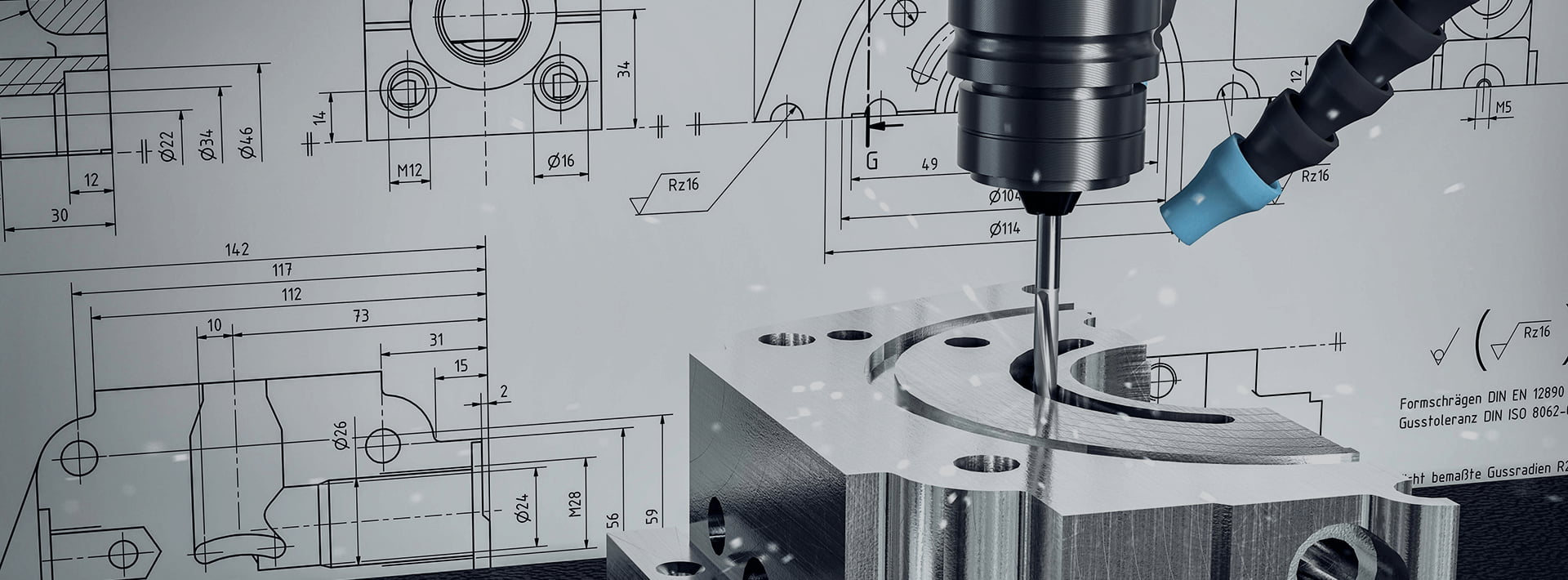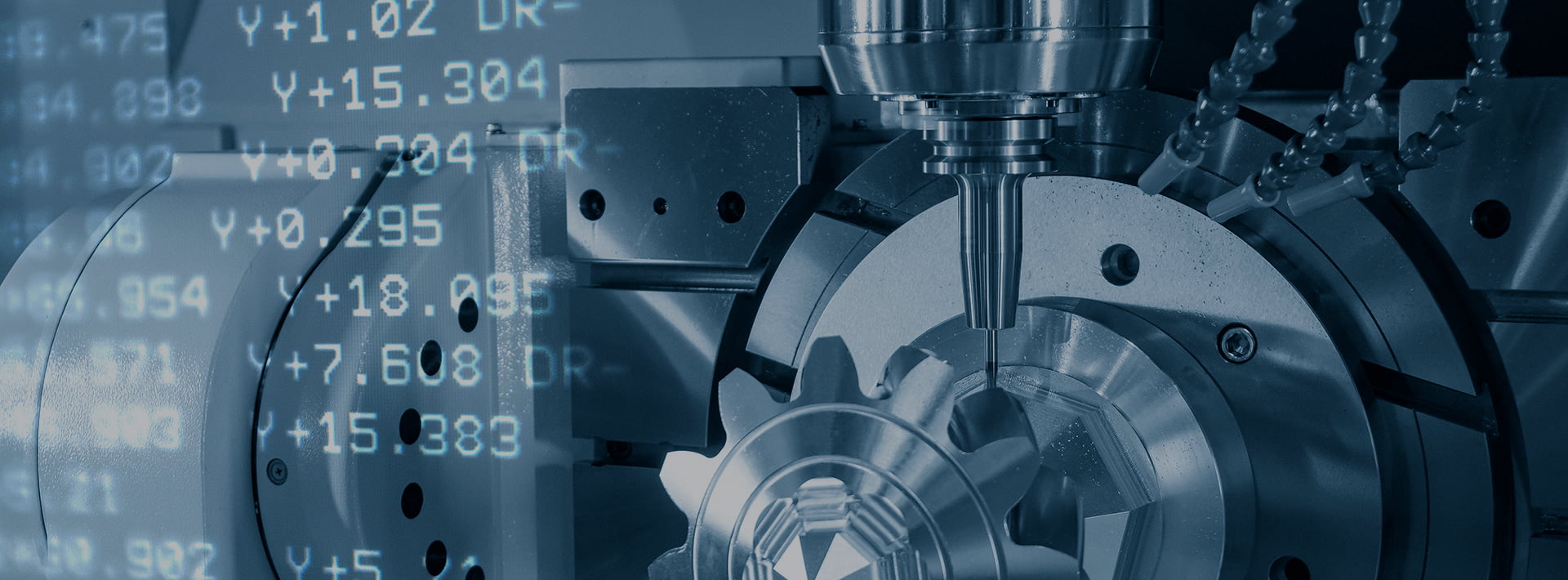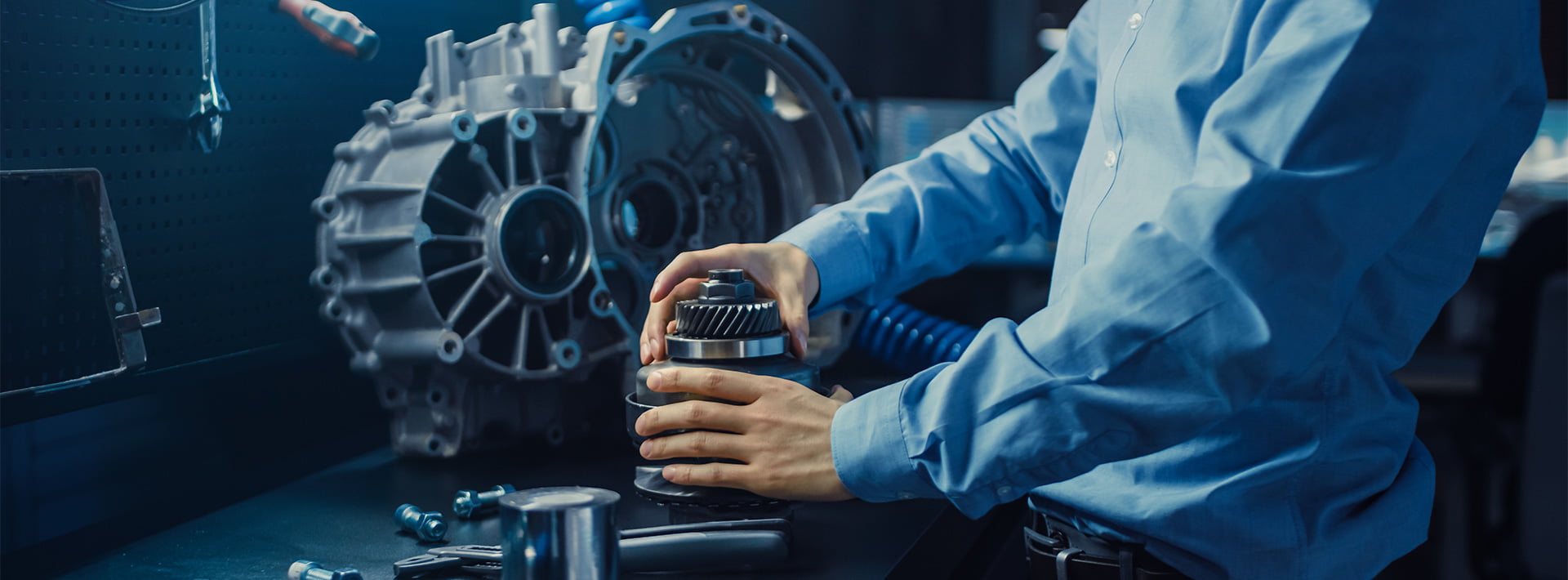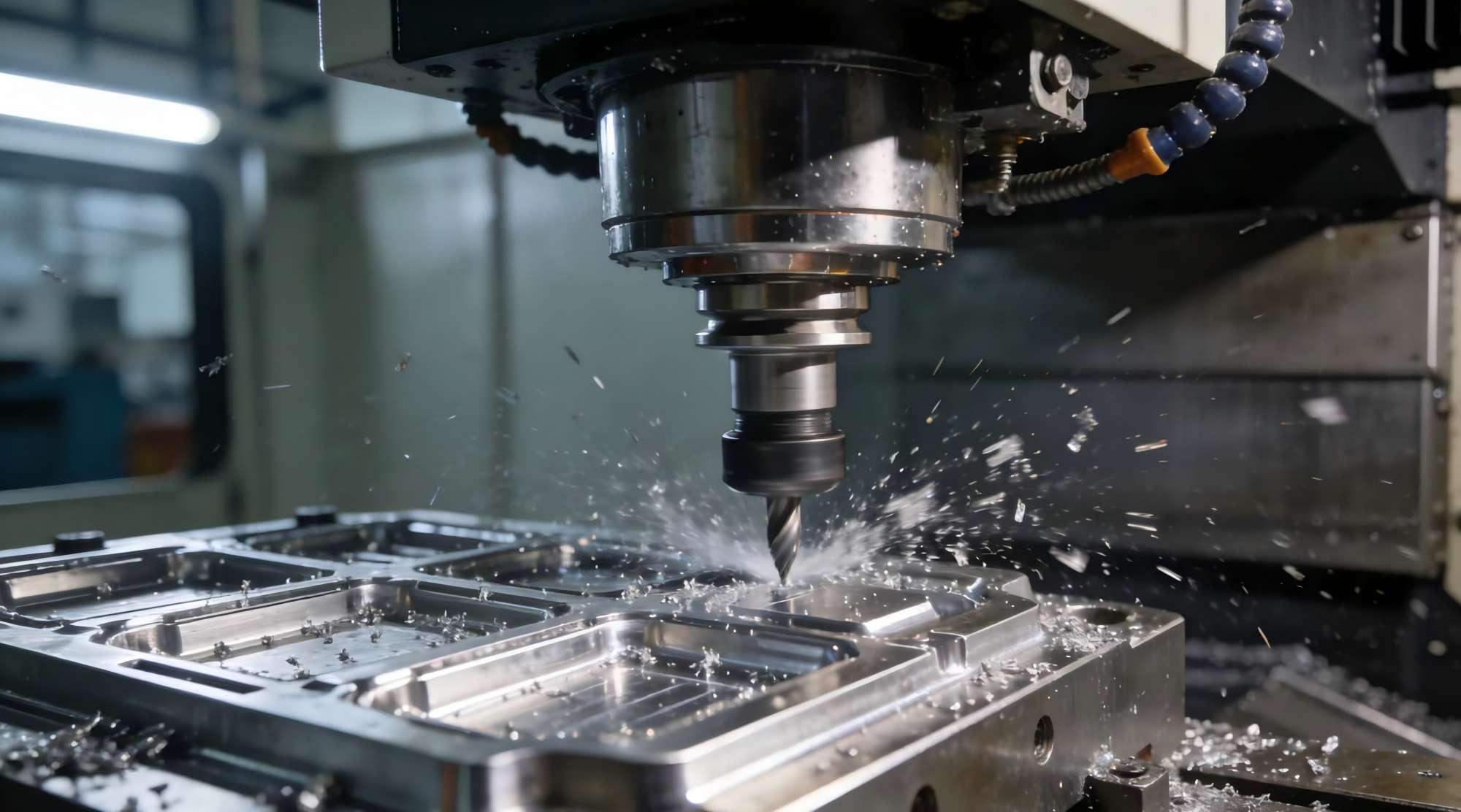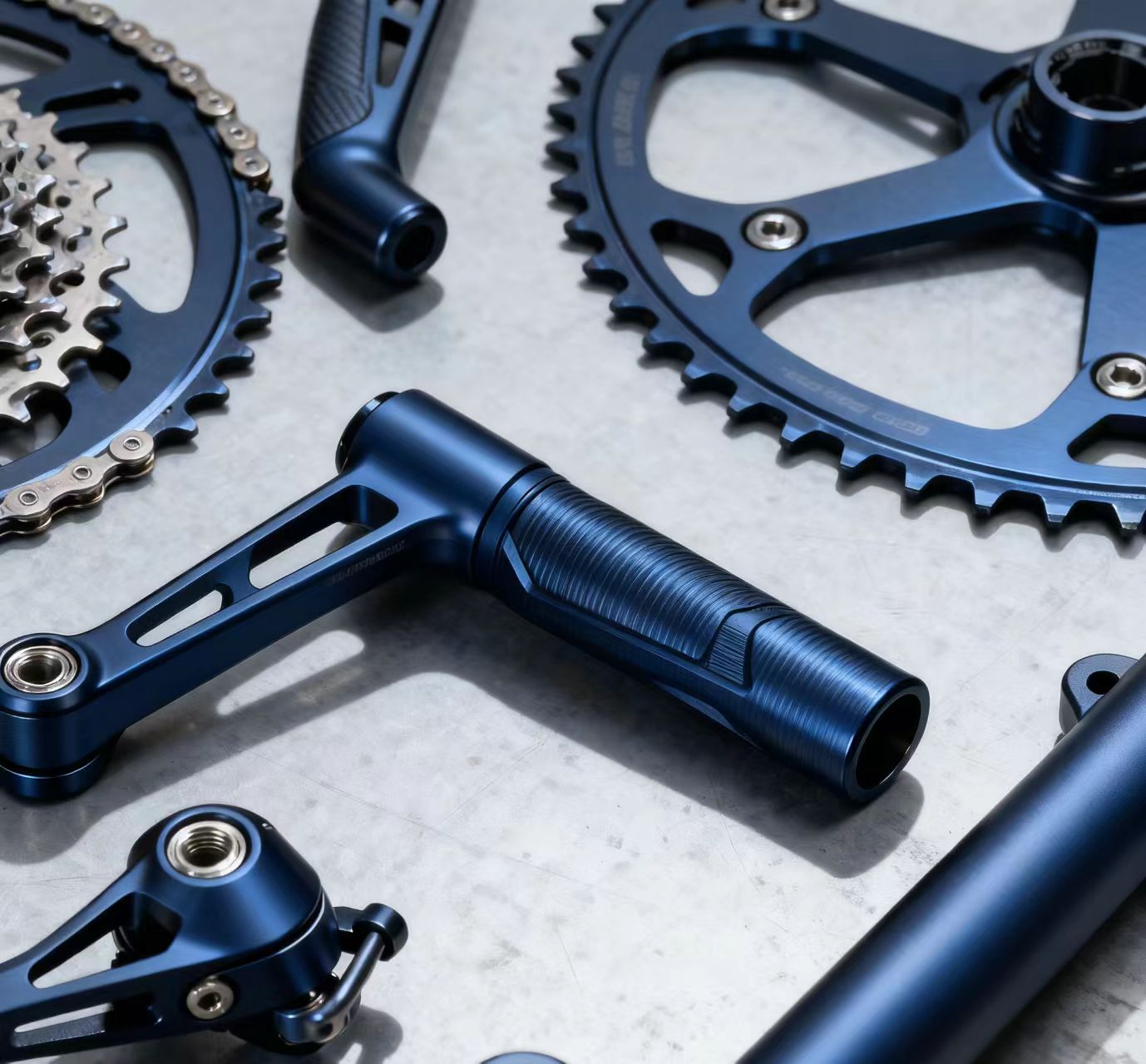Common Surface Treatment Used in the Automotive Industry
The automotive industry uses a variety of surface treatments primarily to enhance corrosion resistance, wear resistance, aesthetic appeal, and functional performance of vehicle components. Below are the most common types:
First. Electroplating
A process that deposits a thin metal layer (e.g., zinc, nickel, chrome) onto a component surface via an electric current.
- Key uses: Chrome plating for decorative trim (e.g., wheel rims, grille accents) to boost shine and corrosion resistance; zinc plating for fasteners (e.g., bolts, nuts) to prevent rust.
Second. Painting & Coating
The most widespread treatment for vehicle exteriors and interiors, with multiple sub-types:
- Electrodeposition Coating (ED Coating): A primer layer applied via electrophoresis, forming a uniform film on the entire body (even hard-to-reach areas) to provide base corrosion protection.
- Powder Coating: Applies dry powder (e.g., polyester, epoxy) electrostatically, then cures it with heat. Used for components like wheels, chassis parts, and brackets, offering high durability and scratch resistance.
- Automotive Topcoat: A final layer (e.g., clear coat, metallic paint) to enhance gloss, color stability, and UV resistance for the vehicle body.
Third. Heat Treatment
Alters the metal's internal structure through controlled heating/cooling to improve surface hardness and wear resistance.
- Key uses: Case hardening (e.g., carburizing, nitriding) for engine parts (e.g., gears, crankshafts) and transmission components, where surface durability is critical while maintaining core toughness.
Fourth. Anodizing
An electrolytic process that creates a thick, porous oxide layer (typically on aluminum) to enhance corrosion resistance and allow dyeing.
- Key uses: Aluminum components like alloy wheels, door handles, and interior trim pieces-adds color options (e.g., black, silver) while protecting against scratches and oxidation.
Fifth. Chemical Conversion Coating
Forms a thin, adherent chemical film on metal surfaces (e.g., iron, aluminum) through a chemical reaction, often used as a pre-treatment for painting.
- Common types:
- Phosphating: Creates a phosphate layer on steel bodies to improve paint adhesion and prevent under-paint corrosion.
- Chromating: Used for aluminum/zinc parts to enhance corrosion resistance (though restricted in some regions due to environmental concerns).
First. Electroplating
A process that deposits a thin metal layer (e.g., zinc, nickel, chrome) onto a component surface via an electric current.
- Key uses: Chrome plating for decorative trim (e.g., wheel rims, grille accents) to boost shine and corrosion resistance; zinc plating for fasteners (e.g., bolts, nuts) to prevent rust.
Second. Painting & Coating
The most widespread treatment for vehicle exteriors and interiors, with multiple sub-types:
- Electrodeposition Coating (ED Coating): A primer layer applied via electrophoresis, forming a uniform film on the entire body (even hard-to-reach areas) to provide base corrosion protection.
- Powder Coating: Applies dry powder (e.g., polyester, epoxy) electrostatically, then cures it with heat. Used for components like wheels, chassis parts, and brackets, offering high durability and scratch resistance.
- Automotive Topcoat: A final layer (e.g., clear coat, metallic paint) to enhance gloss, color stability, and UV resistance for the vehicle body.
Third. Heat Treatment
Alters the metal's internal structure through controlled heating/cooling to improve surface hardness and wear resistance.
- Key uses: Case hardening (e.g., carburizing, nitriding) for engine parts (e.g., gears, crankshafts) and transmission components, where surface durability is critical while maintaining core toughness.
Fourth. Anodizing
An electrolytic process that creates a thick, porous oxide layer (typically on aluminum) to enhance corrosion resistance and allow dyeing.
- Key uses: Aluminum components like alloy wheels, door handles, and interior trim pieces-adds color options (e.g., black, silver) while protecting against scratches and oxidation.
Fifth. Chemical Conversion Coating
Forms a thin, adherent chemical film on metal surfaces (e.g., iron, aluminum) through a chemical reaction, often used as a pre-treatment for painting.
- Common types:
- Phosphating: Creates a phosphate layer on steel bodies to improve paint adhesion and prevent under-paint corrosion.
- Chromating: Used for aluminum/zinc parts to enhance corrosion resistance (though restricted in some regions due to environmental concerns).

